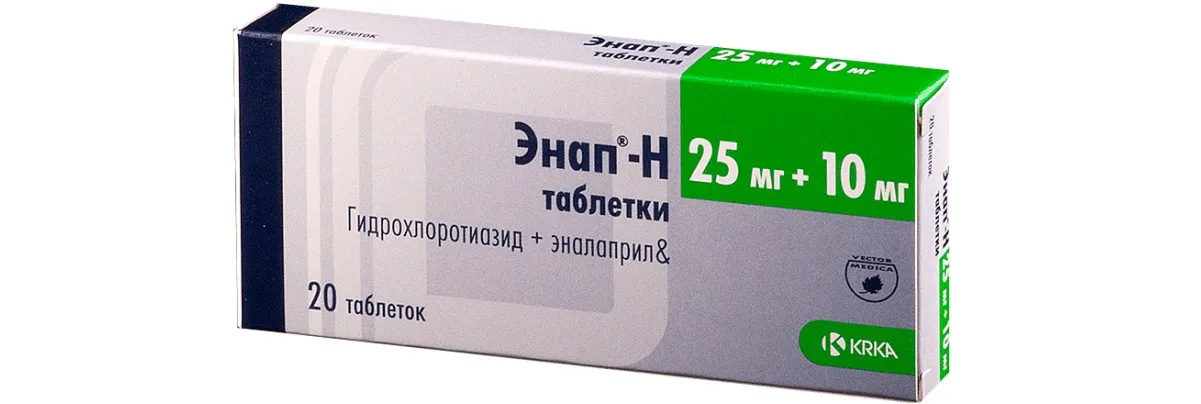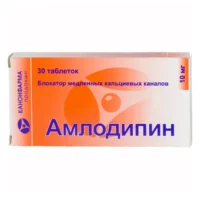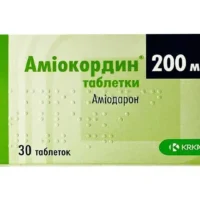Description
Enap H (Enalapril Maleate and Hydrochlorothiazide) 10 mg/25 mg Tablets №20
Composition
Each tablet contains 10 mg of enalapril maleate and 25 mg of hydrochlorothiazide.
Mechanism of Action
Enap H combines enalapril, an angiotensin-converting enzyme inhibitor, with hydrochlorothiazide, a diuretic. Enalapril inhibits the conversion of angiotensin I to angiotensin II, leading to vasodilation and decreased blood pressure. Hydrochlorothiazide promotes diuresis by inhibiting sodium reabsorption in the distal convoluted tubules.
Pharmacological Properties
The synergistic effect of enalapril and hydrochlorothiazide in Enap H results in potent antihypertensive action. Enalapril acts on the renin-angiotensin-aldosterone system, while hydrochlorothiazide enhances sodium and water excretion, reducing plasma volume.
Indications for Use
Enap H is indicated for the treatment of hypertension to lower blood pressure and mitigate the risk of cardiovascular events such as heart attack and stroke.
Contraindications
Avoid Enap H if allergic to enalapril, hydrochlorothiazide, or any components of the formulation. Contraindicated in pregnancy due to potential harm to the fetus and in severe renal impairment.
Side Effects
Common side effects of Enap H include dizziness, headache, and cough. Contact your healthcare provider if these symptoms persist or worsen.
Usage Instructions
The typical dosage is one tablet daily. Adhere strictly to the prescribed regimen and consult your physician before altering the dose.
Benefits over Analogues
Enap H offers the advantage of dual action with enalapril and hydrochlorothiazide, providing comprehensive blood pressure control compared to single-component medications.
Suitable Patient Groups
Enap H is suitable for adult patients with hypertension. Dosage adjustment may be necessary for elderly individuals or those with compromised renal function.
Storage and Shelf Life
Store Enap H in a cool, dry place away from sunlight. Check the expiration date on the packaging and do not use beyond the stated shelf life.
Packaging Description
Enap H is available in packs containing 20 tablets, each clearly labeled with the product name and dosage strength.
Scientific Evidence
Studies have demonstrated the efficacy of the enalapril-hydrochlorothiazide combination in reducing blood pressure in hypertensive patients. Enalapril’s vasodilatory effect combined with hydrochlorothiazide’s diuretic action contributes to the antihypertensive efficacy of Enap H.
Additional Information
Regular blood pressure monitoring is essential during Enap H therapy. Notify your physician of any adverse effects or uncertainties. Alcohol consumption while on Enap H should be avoided to prevent hypotensive episodes.




